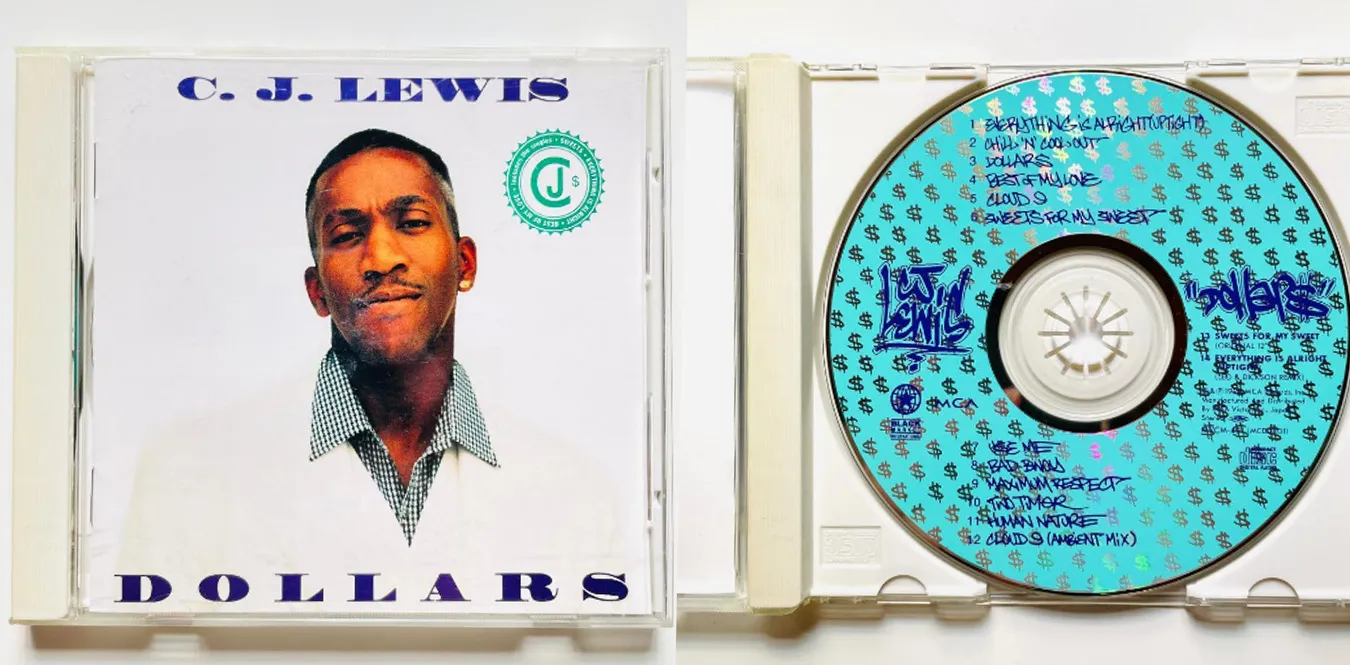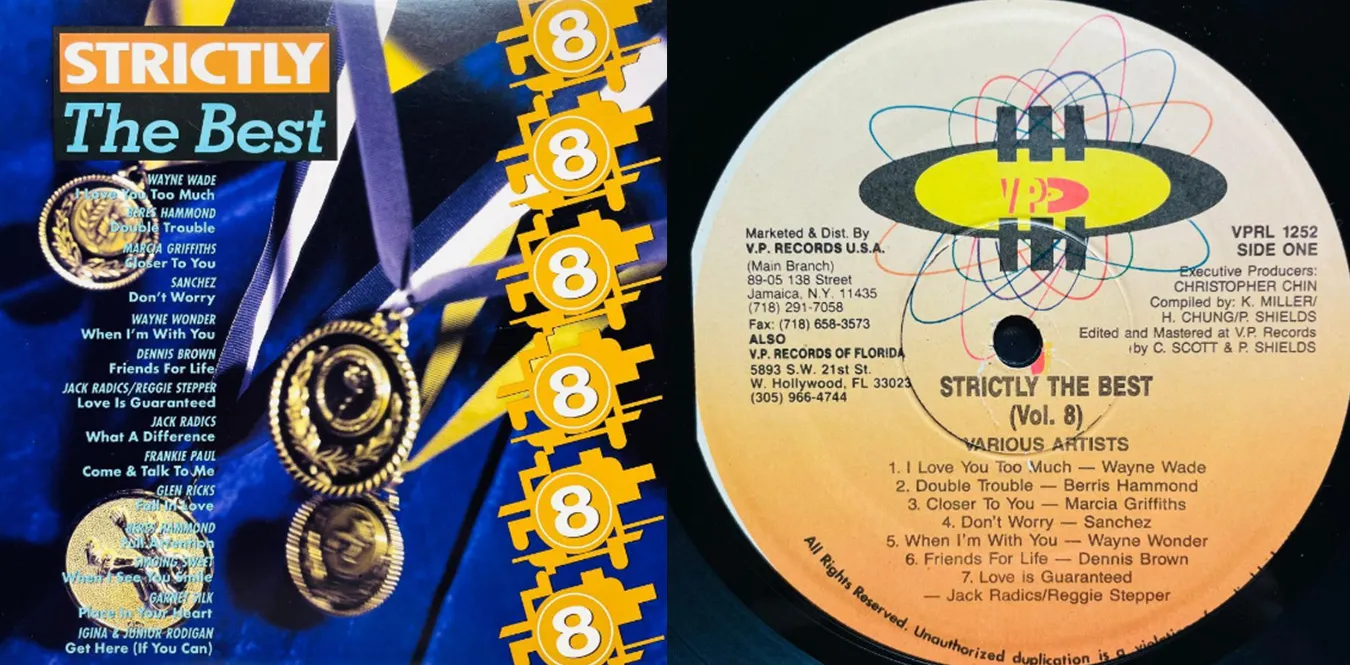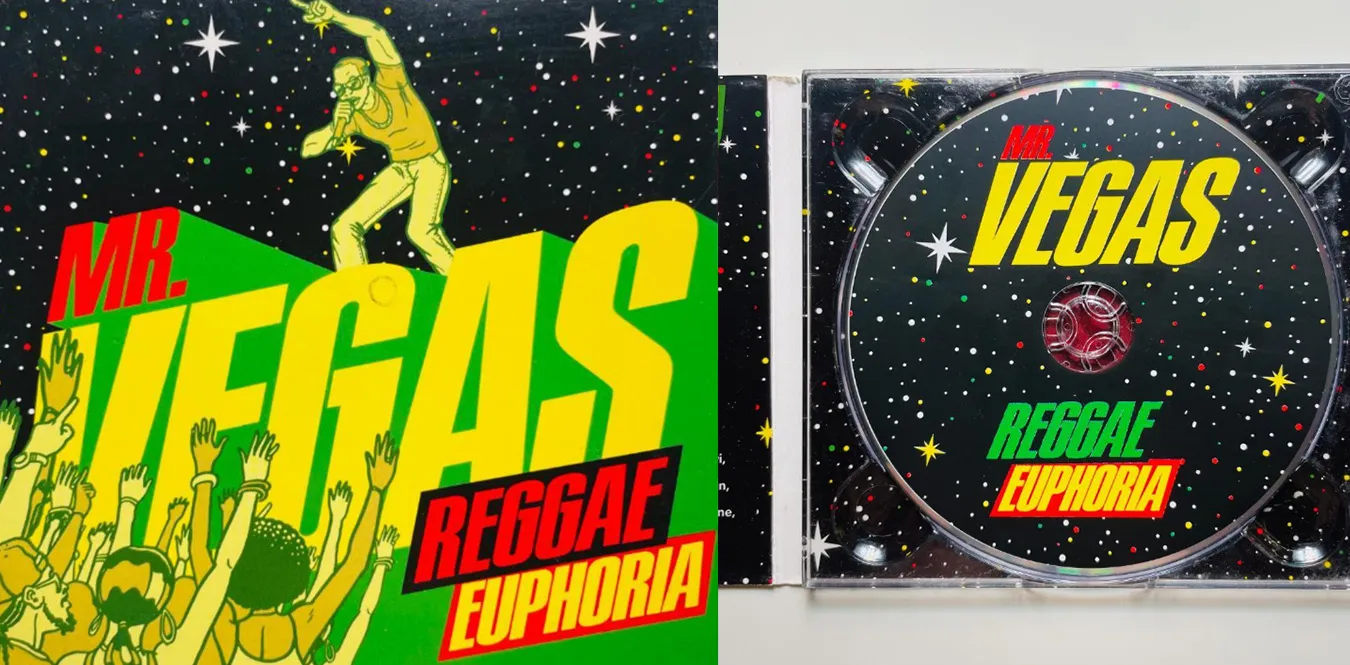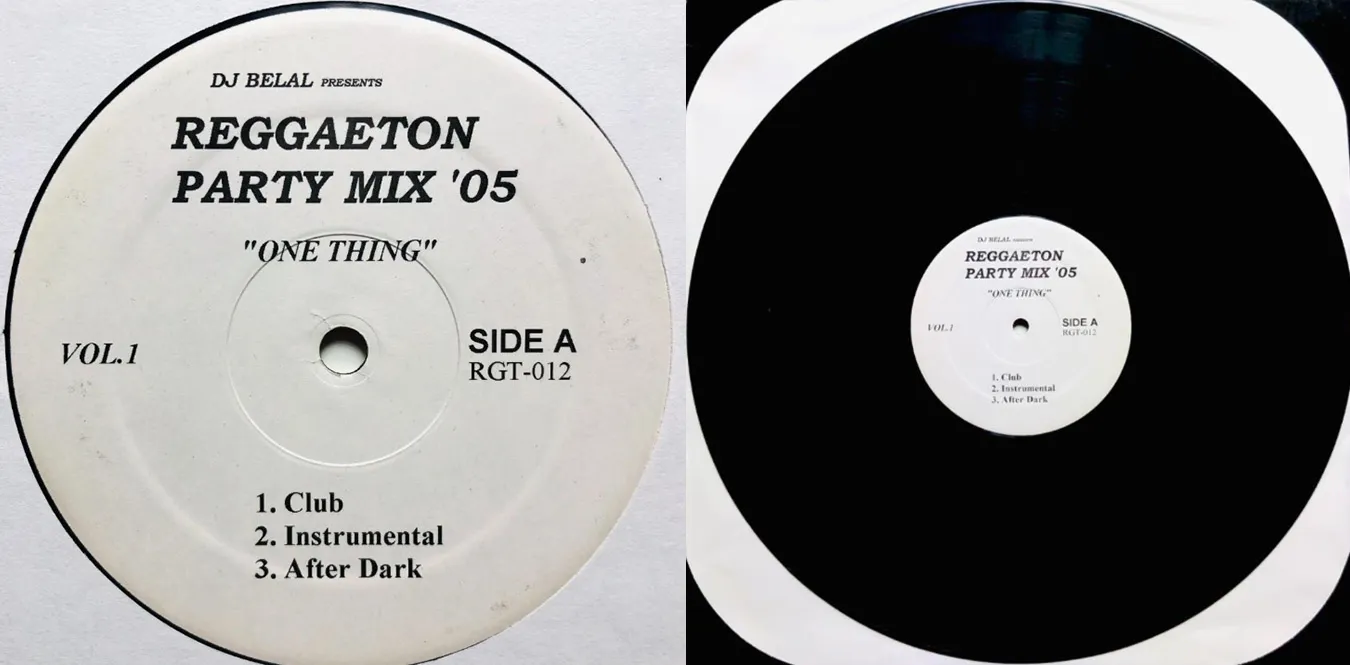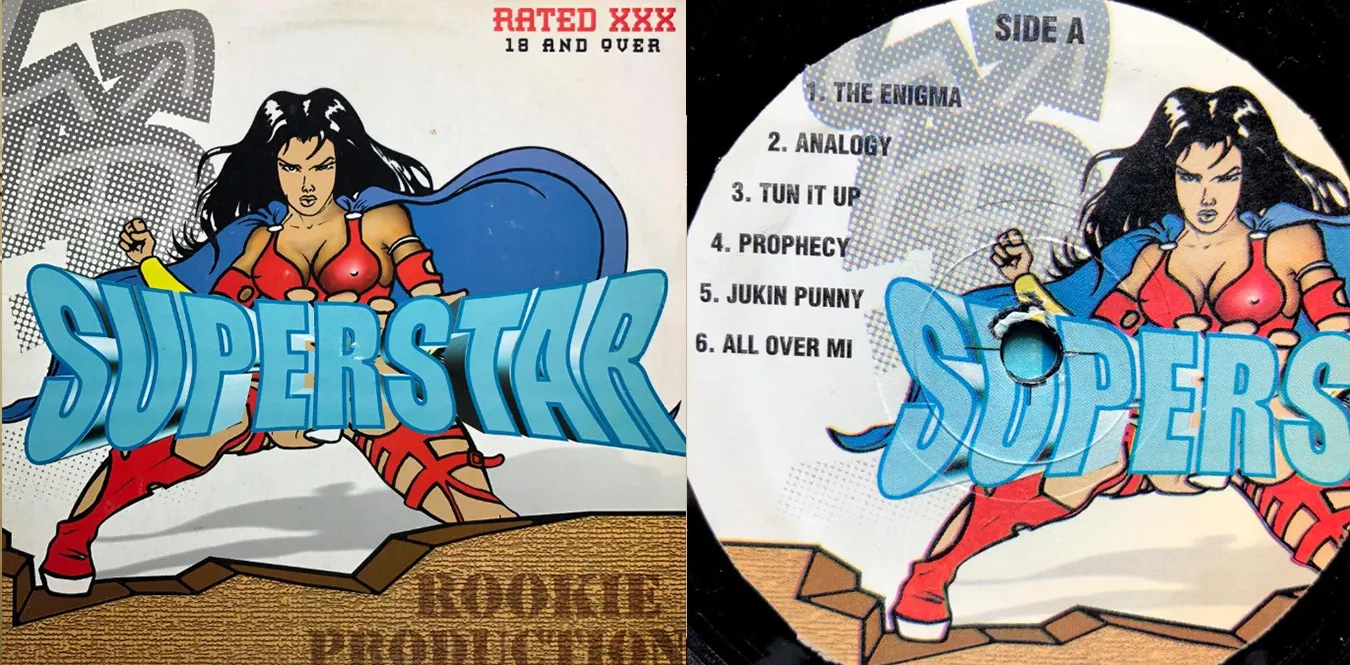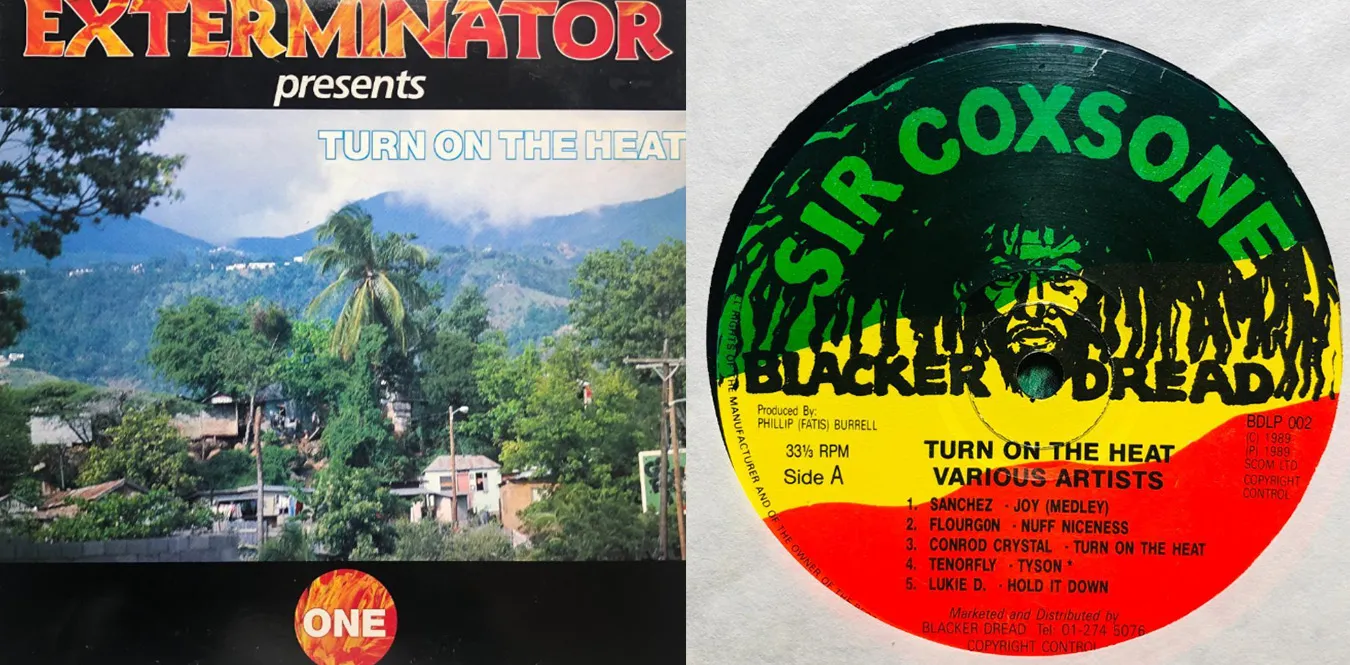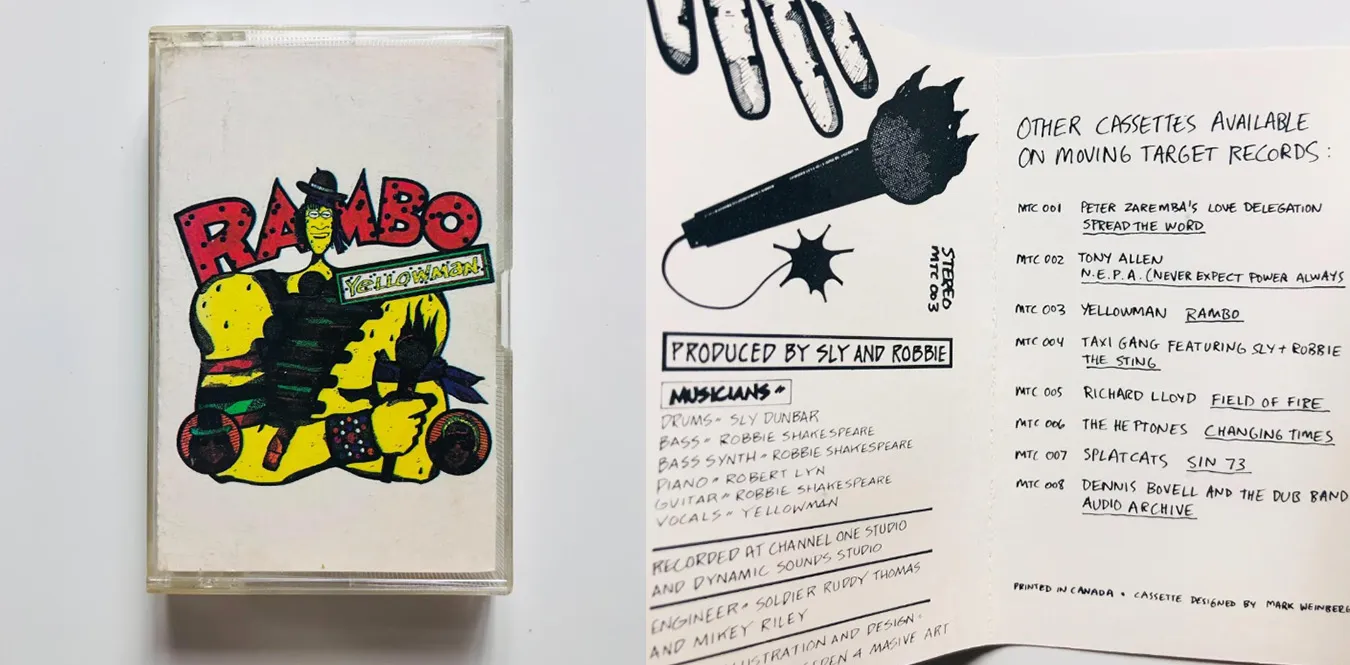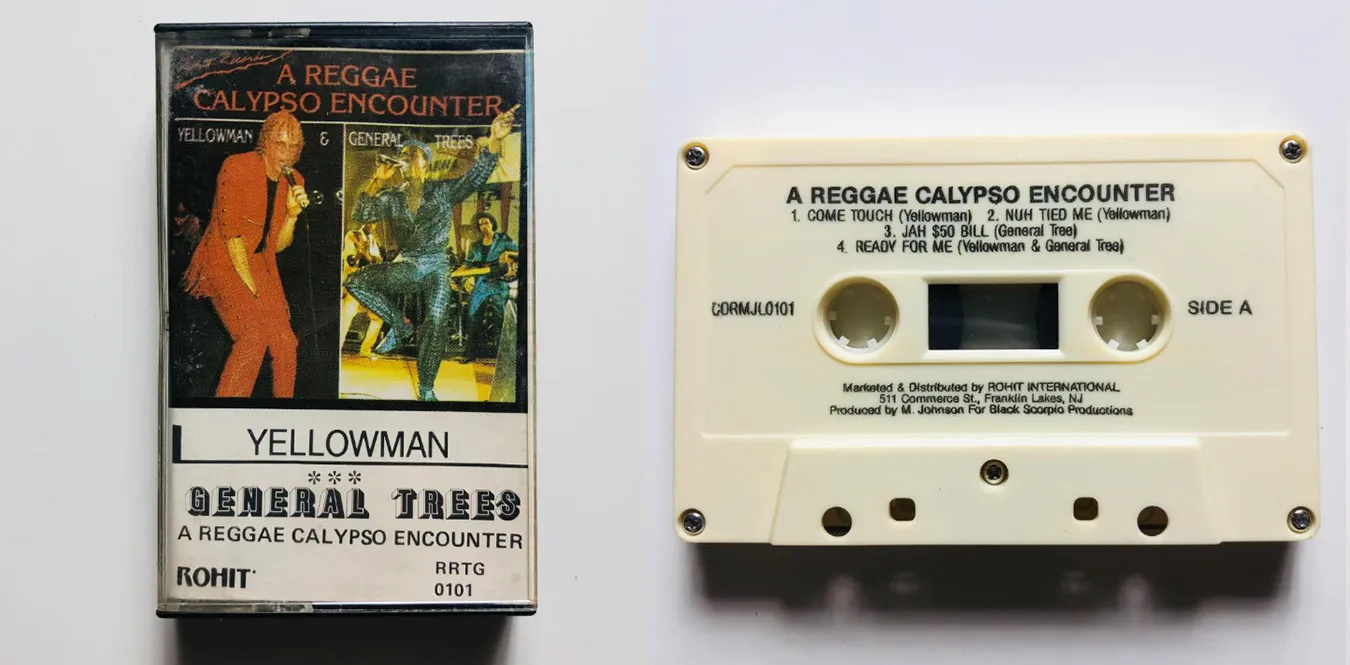[Column] Dancehall and sound systems—Bass moves the world
Column en Dancehall Jamaica Reggae SoundSystem![[Column] Dancehall and sound systems—Bass moves the world](/../assets/images/column-dancehall.webp)
Prologue: Revolution starting with bass
| Text: mmr | Theme: Dancehall is more than just a music genre, it’s about the philosophy of hope that “everyone can have their own sound.” |
Kingston at midnight. A rumbling bass is emitted from a speaker mounted on the bed of a truck. It was ““another radio’’ that echoed on the streets of poverty. People without newspapers or television can share information and exchange messages through sound. A sound system is an expression device that integrates music, politics, and community. Eventually, the waves would cross the ocean and shake London, New York, and even Tokyo.
This column introduces the sound system culture that was born on the streets of Jamaica. How did dancehall evolve into a worldwide musical phenomenon? We will follow it from the perspectives of history, ideology, technology, and society.
Chapter 1 Birth of the sound system (1940s-1960s)
▪ The moment street parties become “culture”
In post-war Jamaica, record store owners and young music lovers loaded up trucks, set up speakers, and started playing music all night. This is the origin of the “sound system”.
A typical initial system is:
| Operator | Name | Activity period | Characteristics |
|---|---|---|---|
| Tom the Great Sebastian | 1950s | Mainly jazz and R&B. The earliest “mobile” systems | |
| Duke Reid | Duke Reid the Trojan | 1950s-60s | A famous gun-wielding operator who graduated from the police force. Later founded Treasure Isle |
| Clement “Coxsone” Dodd | Sir Coxsone Downbeat | 1950s~ | Former Studio One. Leading the ska era |
▪ Local economy and community
For the poor, dance is not just entertainment, but a place of expression and survival. This space, where music, alcohol, and food circulated, later became the prototype of the reggae industry.
Chapter 2 Roots Rock and Dub Era (1970s)
▪ Sound engineers become “composers”
King Tubby, Lee Perry, Errol Thompson and others used the mixing table like a musical instrument and invented a new sonic expression called ““dub.’’ Erasing the vocals and reconstructing the rhythm with echoes—This idea became the starting point for later remix culture.
“Dub is the space where the spirit speaks.” — Lee Perry
▪ Speaker bass philosophy
The “bass” of the sound system had a religious overtone. Connected with the Rastafarian spirit, they express their view of the universe as ““low tone = earth” and ““treble tone = heaven”. This idea was later inherited by UK dub (Jah Shaka, Aba Shanti-I) and soundclash culture.
Chapter 3 Digital revolution and the emergence of dancehall (1980s-90s)
▪ Slackness and slang explosion
In 1985, Wayne Smith’s ““Under Mi Sleng Teng’‘ changed everything. This song, which uses Casio MT-40’s rhythm presets, is said to be the first completely digital reggae in history, and from then on, ““digital dancehall’’ became mainstream.
| Year | Representative song | Artist | Notes |
|---|---|---|---|
| 1985 | Under Mi Sleng Teng | Wayne Smith | World’s first digital riddim |
| 1986 | Punanny | Admiral Bailey | Symbol of “Slackness” |
| 1990 | Dem Bow | Shabba Ranks | Later to become the basic rhythm of reggaeton |
▪ MC (Deejay) takes center stage
Toasting culture approached DJ rap and influenced the birth of hip-hop. It is a well-known story that Jamaican Kool Herc brought a sound system to New York’s Bronx and started the breakbeat culture.
Chapter 4 Sound Clash and the Deepening of Deejay Culture
▪ Clash = Battle of Sound
Sound Clash is an event where multiple sound systems compete against each other. The difference between winning and losing is how many Original Dub Plate (special recordings) you have and how much you can excite the audience.
Representative sounds:
- Stone Love Movement (Kingston)
- Bass Odyssey (St. Ann)
- Killamanjaro (90s golden era)
- Mighty Crown (Japan)
▪ Japan”s feat: Mighty Crown”s world domination
Mighty Crown from Yokohama defeated a Jamaican team to win the 2002 World Clash. It was the moment when the ““foreigner sound’’ reached its peak for the first time. Since then, local sounds have been born all over Japan, and a cultural area called ““Reggae Village’’ has been formed.
Chapter 5 Globalizing Dancehall (2000s-2020s)
▪ Impact on global pop
Sean Paul, Vybz Kartel, Popcaan and others took the mainstream by storm. In the 2010s, Drake”s ““One Dance” and Major Lazer”s ““Lean On” made dancehall pop. The rhythm pattern “Dem Bow” has been extended to reggaeton, Afrobeats, and K-Pop.
▪ Bass as Diaspora
Dancehall is also a symbol of immigrant culture. London, Toronto, Tokyo—Black communities in cities around the world have been expressing their roots in low notes.
Chapter 6 Sound system culture in Japan and Asia
▪ Reggae goes local
Since the 1990s, sound culture has taken root in Japan, mainly in Yokohama, Osaka, and Nagoya. Homemade sound systems equipped with giant woofers are appearing one after another at club events and outdoor festivals.
Main Japanese players:
- Mighty Crown (Yokohama)
- Sound Platinum, Infinity 16, King Ryukyu, Scorpion
- Outdoor festivals “Yokohama Reggae Sai”, “Japan Splash”, etc.
▪ DIY spirit and modern inheritance
In recent years, it has intersected with dubstep/techno. Tokyo Dub Attack, Zettai-Mu (Osaka), Mura Masa System (Okinawa) are currently active. At the root of this is the sound system philosophy of ““producing our own sounds with our own hands.’’
Timeline: The evolution of sound systems and dancehall
| Years | Events | Key Persons |
|---|---|---|
| 1940s | Birth of sound system culture | Tom the Great Sebastian |
| 1950s | Duke Reid, Coxsone begins | Duke Reid, Coxsone Dodd |
| 1960s | Ska → Rocksteady → Reggae | The Skatalites |
| 1970s | Birth of Dub, penetration of Rasta ideology | King Tubby, Lee Perry |
| 1980s | Digital Revolution, “Sleng Teng” | Wayne Smith |
| 1990s | Dancehall’s golden age, Mighty Crown emerges | Shabba Ranks, Beenie Man |
| 2000s | Global pop | Sean Paul, Elephant Man |
| 2010s | Global Dancehall / Reggaeton era | Popcaan, Drake |
| 2020s | Rise of local DIY sound | Mura Masa System and others |
Diagram: Evolutionary genealogy of dancehall music
Conclusion: Where is the bass going?
A sound system is more than just audio equipment. It is an infrastructure of self-expression and a symbol of resistance and solidarity. On street corners with no electricity or studios, people amplify their voices, dance and celebrate. That energy is what gave birth to hip-hop, gave birth to reggaeton, And it has been passed down to today’s EDM and Afrobeats.
If you trace the origin of the bass that roars at festival venues around the world, You will definitely end up at night in Kingston. Music is a ““body memory’’ that is shared across borders.
“Sound system is not just sound — it”s survival.”
Domestic sound system power chart in Japan
(1990s~)"] --> B["Kanto area"] A --> C["Kansai area"] A --> D["Chubu/Tokai area"] A --> E["Kyushu/Okinawa area"] A --> F["Hokkaido/Tohoku area"] %% Kanto B --> B1["Mighty Crown
(Yokohama, 1991〜)"] B --> B2["Infinity 16
(Tokyo, 1998〜)"] B --> B3["Rub-A-Dub Market / Bass Camp"] B --> B4["Tokyo Dub Attack
(Dub/Roots Lineage)"] %% Kansai C --> C1["Zettai-Mu
(Osaka Underground)"] C --> C2["King Jam / Emperor
(Osaka Sound Clash Line)"] C --> C3["Rudeboy Face / Ninja Man Japan"] %% Chubu/Tokai D --> D1["Burn Down
(Nara–Nagoya Axis)"] D --> D2["Scorpion Int’l / Nagoya King Bass"] %% Kyushu/Okinawa E --> E1["Mura Masa System
(Okinawa, 2000s〜)"] E --> E2["King Ryukyu / Tropixx"] %% Hokkaido/Tohoku F --> F1["North Island Sound
(Sapporo)"] F --> F2["Sendai Sound Bash / Local Link"] style A fill:#ffccff,stroke:#333,stroke-width:2px style B fill:#ffe6b3 style C fill:#ffd9b3 style D fill:#c2f0c2 style E fill:#b3e0ff style F fill:#e0ccff
This diagram shows the network of independent sound system cultures formed by region. The following characteristics are clear: ““Yokohama = internationally competitive oriented”, ““Osaka = direct connection to the streets”, and ““Okinawa = the connection point between the Caribbean and Asia’’.
Audio technology evolution diagram (speaker/mixer/equipment system)
Handmade speaker box
(Valve Amp Era)"] --> B["1960s
Horn Type Cabinet"] B --> C["1970s
4-Way Stack System"] C --> D["1980s
Digital Mixer + Preamp"] D --> E["1990s
Processor + Active Amp"] E --> F["2000s
PC-based Crossover / Soundcard Setup"] F --> G["2020s
DIY DSP + Class-D Power"] A --> AA["Tom the Great Sebastian
(First PA System)"] B --> AB["King Tubby
Homemade Amp Technology"] C --> AC["Channel One Sound System
4-Way Revolution"] D --> AD["UK Dub School
Jah Shaka / Aba Shanti"] F --> AE["Japanese DIY Builders
Mura Masa / Tokyo Dub Attack"] style A fill:#ffcc00,stroke:#333,stroke-width:2px style G fill:#a3f0a3,stroke:#333,stroke-width:2px
This diagram shows the “DIY evolution history of audio equipment.” From analog vacuum tubes to DSP control, the spirit of ““creating your own sound’’ is consistent.
Cultural expansion map (intersection with hip-hop, techno, and afrobeats)
(Jamaica 1940s〜)"] --> B["Dub / Reggae
(1970s)"] B --> C["Dancehall
(1980s)"] B --> D["Hip-Hop
(NY 1970s〜)"] C --> E["Reggaeton
(Puerto Rico 1990s〜)"] C --> F["Afrobeats
(Nigeria 2000s〜)"] B --> G["Dub Techno / Ambient
(Berlin 1990s〜)"] F --> H["K-POP Dancehall Hybrid
(2020s)"] C --> I["Japanese Reggae Scene
(1990s〜)"] G --> J["Electronic Festivals / Sound Art
(Europe / Japan 2000s〜)"] D --> C E --> F I --> J G --> I style A fill:#ffd966,stroke:#333,stroke-width:2px style C fill:#ffccff,stroke:#333,stroke-width:2px style I fill:#f6baff,stroke:#333,stroke-width:2px style G fill:#ccf2ff,stroke:#333,stroke-width:1.5px style F fill:#d9f2c2,stroke:#333,stroke-width:1.5px
This diagram depicts the evolution of sound system culture as it intersects with music genres around the world. Hip-hop (NY), techno (Berlin), Afrobeats (Lagos), and Japanese club culture. All of us share a “bass culture = bass community.”

![[Column] Mr.Vegas──Dancehall ambassador who sings of tradition and innovation](/../assets/images/column-mr-vegas.webp)
